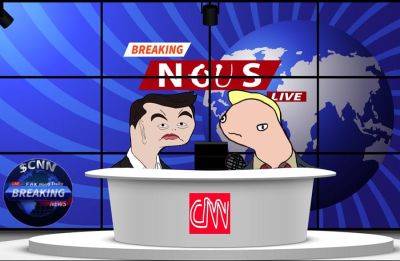He was crowned fashion’s next big thing. But that doesn’t pay the bills.
Edvin Thompson had everything a young designer could hope for: accolades from Vogue and the CFDA, dresses selling at Bergdorf Goodman and a spot on the official New York Fashion Week calendar. Then, with just two weeks’ notice, he canceled his February runway show. His sponsors had fallen through, he said, which meant he’d be paying around $125,000 out of pocket to stage the show—a move that could put his brand in dire financial straits.
The choice was obvious. After he called off the show, he said, “I slept like a baby." “I want to be here for a long time, not a short time," Thompson, 31, said on a recent morning from the Manhattan studio of his brand, Theophilio. “And I want my business to stand on its own, regardless of the New York Fashion Week calendar." It is harder than ever to be an independent designer.
Wholesale opportunities are dwindling, as department stores face decline and luxury shopping sites are losing money. Commercial real estate rates are climbing, ruling out brick and mortar for most upstart designers, and even indie e-commerce is a financial and logistical challenge. Between materials, studio space, production, labor, marketing and distribution, the costs can be staggering, running from just under six figures into seven for a small indie brand.
Even successes like Thompson struggle to make it work. “The smallest slip-up in finances, or not having an aerial view of your spending, can change things," said Christopher John Rogers, a fellow fashion designer and one of Thompson’s friends. “No one teaches designers how to run a business." Through a spokesperson, CFDA CEO Steven Kolb declined to be interviewed but said in an email that the nonprofit trade association “has long admired Edvin’s talent."
. Read more on livemint.com
























